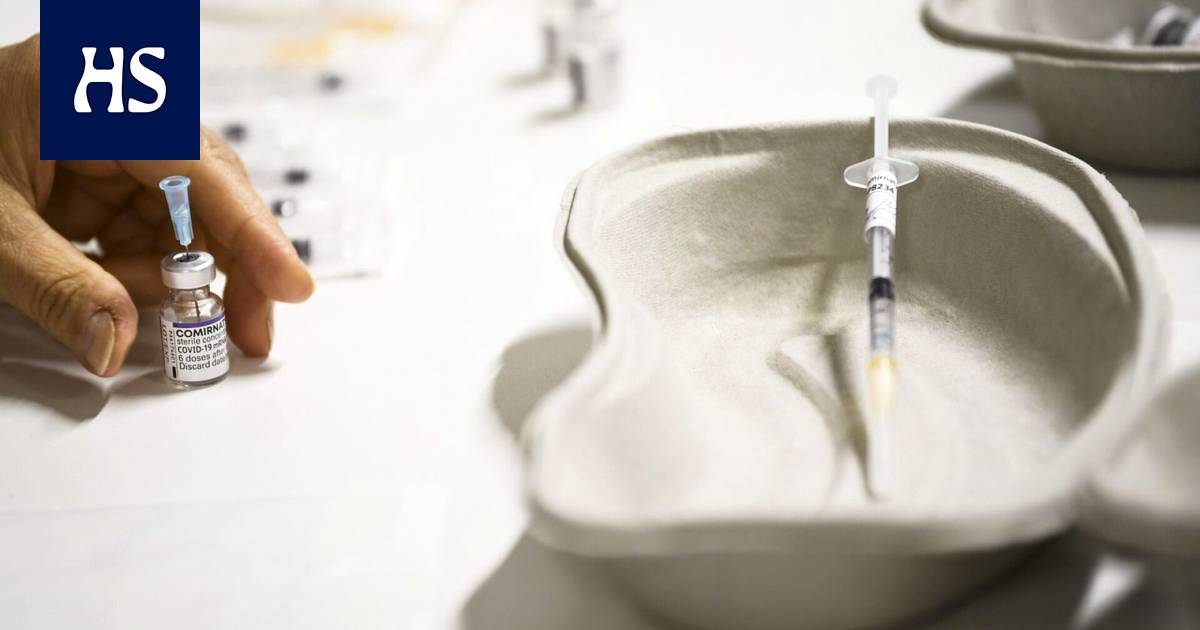In January – February, fewer people than ever before died of coronary heart disease.
Coronavirus the number of related deaths has almost doubled in the last two calendar weeks. February 21-June 6 A total of 294 virus-related deaths were reported in March. The corresponding figure for the two weeks before was 152.
Should we worry about the increase in numbers?
Director of the Health Security Department Mika Salminen The Department of Health and Welfare (THL) would not be particularly concerned.
According to Salminen, every death related to the corona is sad and the goal is, of course, to keep them to a minimum.
“The truth, however, is that as the disease moves more, there will be deaths,” he says.
However, in January – February, fewer people than ever before died of coronary heart disease.
There is also a weakness in the statistics that all deaths during the 30 days from infection are recorded as deaths related to the coronavirus.
“Unfortunately, most of those who die from the disease are the elderly, who have other problems that impair their health,” says Salminen.
The median age of the deceased is over 80 years.
THL is currently investigating how many have the primary cause of death related to a non-identified coronary infection.
Although the pandemic is still global, there has been a clear decline in the number of cases and deaths in many areas.
Read more: Will masks in shops and buses soon go down in history? THL’s Salminen: Mask recommendation changing next week
THL reported 21,159 new infections on Friday, significantly higher than in many previous days. According to Salminen, there have been major technical problems in reporting infections for two weeks now.
“If you only look at infections reported daily, it gives the wrong picture. In reality, the infections are spread over the previous ten days, ”says Salminen.
Indications of the prevalence of the coronavirus have also been elucidated by wastewater monitoring. However, monitoring may not provide the most up-to-date picture of the movement of the virus in the population, as even those who have already recovered from coronary heart disease may secrete the virus.
“It has to be interpreted carefully. The fact that the monitoring indicators are high does not mean that the infection rates are still high, ”says Salminen.
“The most important thing right now is tracking trends, not daily infection rates. The current trend is that the decline in infections in the Hus area seems to have slowed down, if not stopped, at first. ”
In Uusimaa The number of cases confirmed in laboratory tests has remained relatively the same for the fourth week in a row, says the chief physician of the Helsinki and Uusimaa Hospital District (Hus) Asko Järvinen.
In Uusimaa, official weekly infection rates are now four times higher than at the peak of previous epidemic waves. Actual infection rates are likely to be even higher, as not all symptoms are tested, Järvinen reminds.
The abandonment of restrictions has significantly increased people’s contacts, so more and more people will face micron transformation in the near future, Järvinen thinks.
Salminen also points out that the lifting of restrictions may increase the number of cases, at least momentarily.
The fast-adherent BA.2 variant of omicron also contributes to the high adhesion rates.
“If you think about it, this is not fading,” Järvinen says.
According to Järvinen, the risk of becoming infected is currently high. However, because a large part of the population has been vaccinated, the risk of developing a severe coronary heart disease that requires hospitalization is low, Järvinen says.
Depending on the day, 25–50 per cent of the infections have been diagnosed as a side effect in a person who came to the hospital for another reason, Salminen says.
Hospital workload According to Järvinen, the workload of intensive care is still high.
“It reflects the reduced ability of the omicron transformation to cause severe disease and the effectiveness of vaccinations.”
In recent weeks, there have been three to seven patients in intensive care at Hus hospitals, which is a significantly lower number than before, according to Järvinen.
According to Salminen, the number of coronary patients requiring hospital care has remained reasonably stable on the intensive care side. With regard to other hospital care, the burden is still high in some parts of the country.
#Coronavirus #Coronavirusrelated #deaths #double #THLs #Mika #Salminen #special #concern








